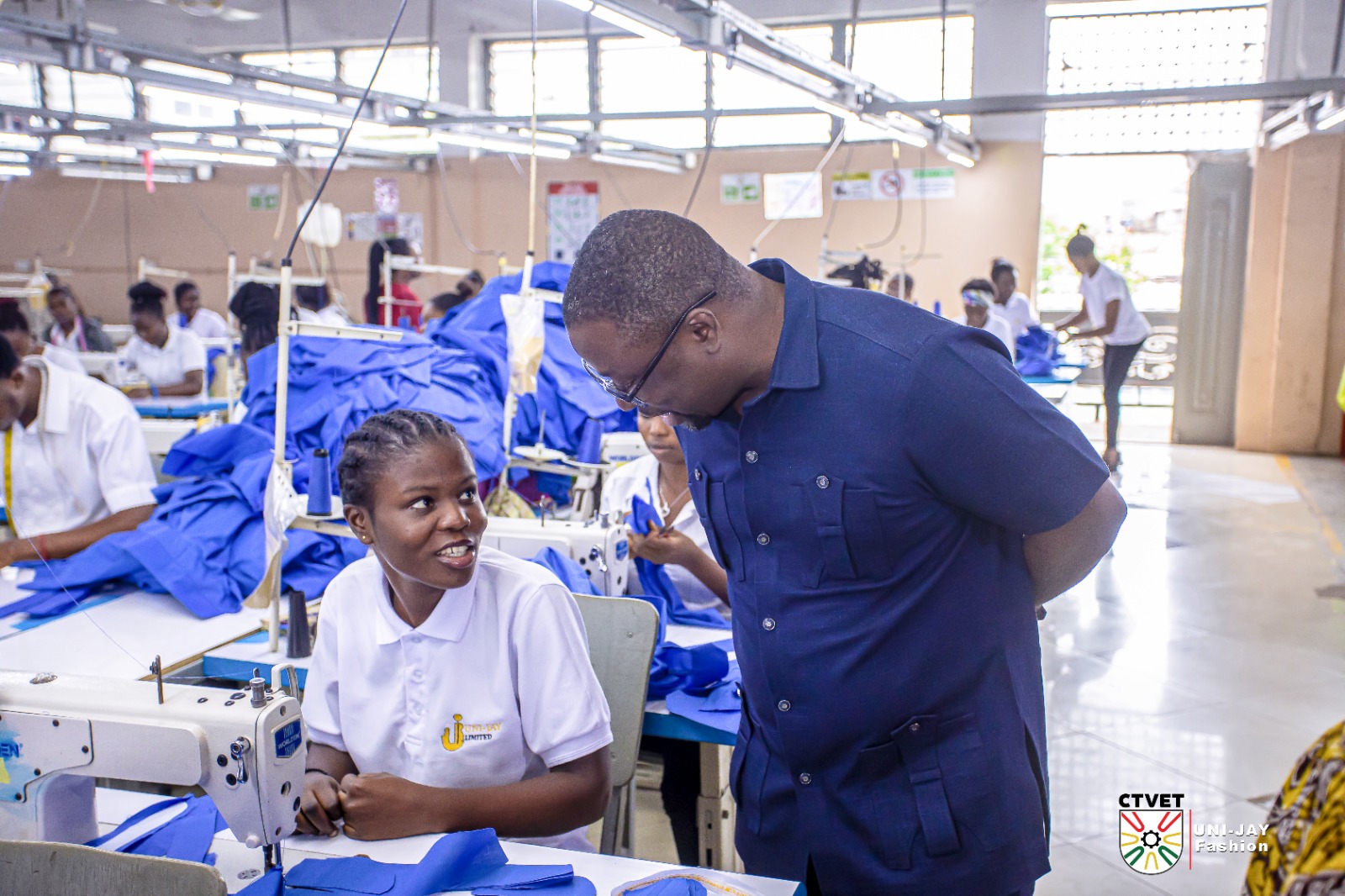adverts
Ghana’s Youth Apprenticeship Program: Outdated equipment and poor industry links undermine training goals
In a bold attempt to tackle youth unemployment and equip young Ghanaians with critical job skills, the government recently launched the Ghana Jobs and Skills Apprenticeship Programme, a nationwide initiative aimed at transforming technical education.
However, early assessments of the program have exposed significant gaps that threaten its effectiveness, including outdated training equipment and weak industry connections, raising concerns about whether the program can truly meet its objectives.
The initiative, seen as a crucial part of Ghana’s national employment strategy, was designed to modernise technical education, introduce structured apprenticeships, and expand a voucher system to support skills training.
adverts
Field visits to institutions participating in the program, including Sunyani Technical University and Cape Coast Technical University, have showcased the program’s potential, with advanced facilities and structured apprenticeship models that are already helping young people acquire employable skills.

However, many other institutions are struggling. The field assessments revealed that several vocational and technical schools are attempting to implement the program with outdated or limited training equipment, restricting students’ ability to gain practical skills. These equipment limitations are not only stifling the program’s effectiveness but also creating inequity among institutions, as students in under-resourced schools have fewer opportunities to receive comprehensive training.
Another challenge plaguing the program is the limited engagement with industry partners. While the apprenticeship program was meant to integrate real-world experience through formal industry partnerships, many institutions lack these essential relationships. Without these ties, students miss out on crucial workplace experience learning (WEL), which is fundamental for a hands-on understanding of their chosen trades. In some areas, the lack of formal partnerships means graduates face further obstacles in securing employment after completing their training.

To address these issues, the government has committed to investing in upgrading facilities and modernising training equipment across affected institutions.
In a statement, officials pledged that funds would be allocated to bring outdated resources up to standard and provide training centres with the tools they need to deliver quality instruction. Strengthening partnerships with local businesses to offer WEL and structured apprenticeships has also been prioritised, with the aim of fostering a collaborative training environment that aligns with industry standards.
The government’s strategy further includes encouraging successful institutions to share their approaches and experiences with other schools to promote best practices across the country. This knowledge-sharing initiative is intended to create a more uniform level of training and ensure that the program’s benefits reach as many young Ghanaians as possible.
Despite the government’s commitments, some critics argue that the program’s underlying issues highlight a familiar pattern of grand initiatives that falter in execution. These critics worry that, without swift and decisive action, the program could fall short of its promise to effectively reduce youth unemployment and contribute to economic development.

The Ghana Jobs and Skills Apprenticeship Programme remains a potentially transformative initiative for the country. But the road to achieving its objectives will require addressing these significant gaps, ensuring that all institutions are equipped and able to provide high-quality, practical training.
For Ghana’s young job seekers, this could be the difference between a program that merely offers hope and one that genuinely delivers on the promise of skills and employment.


